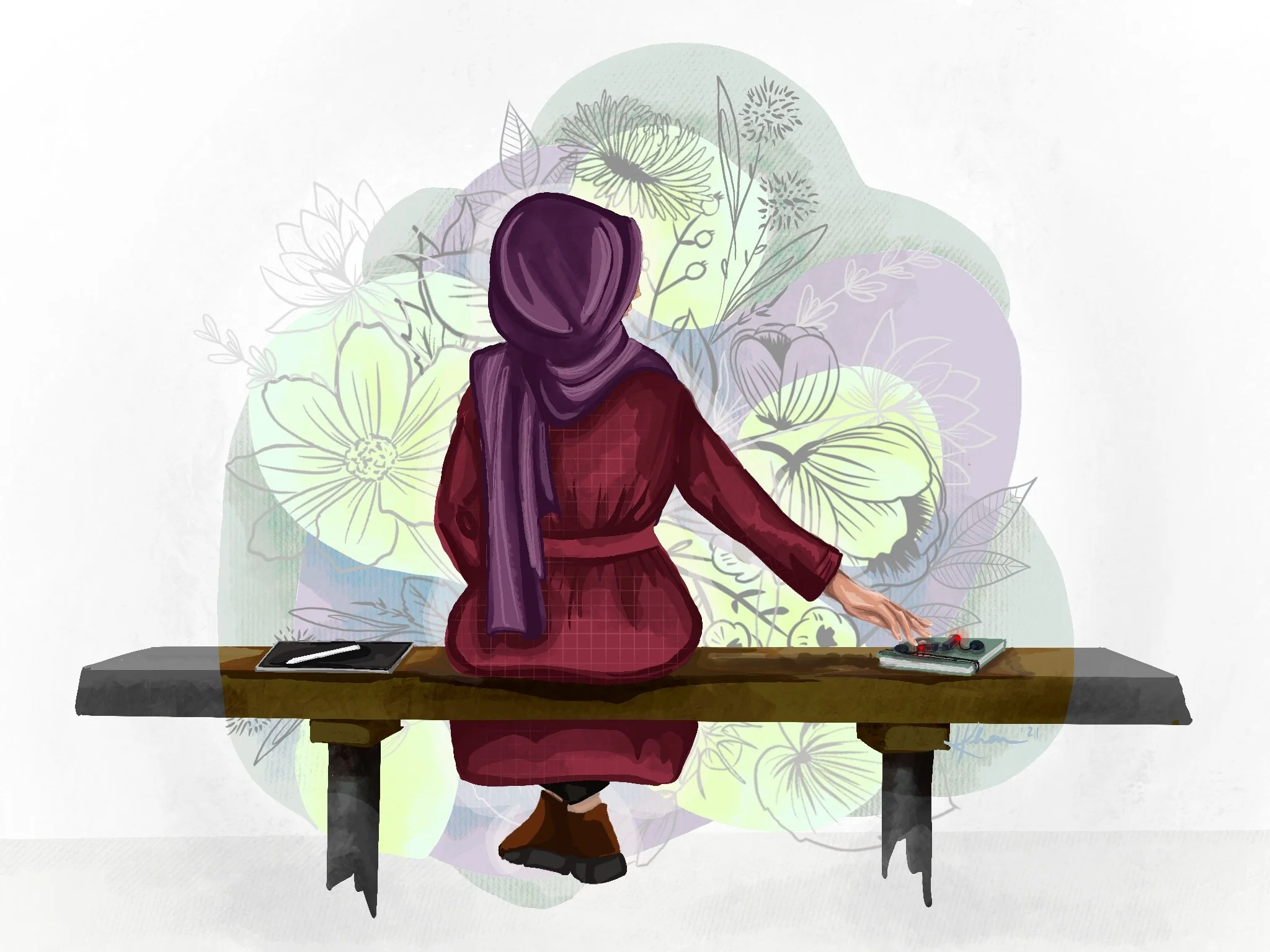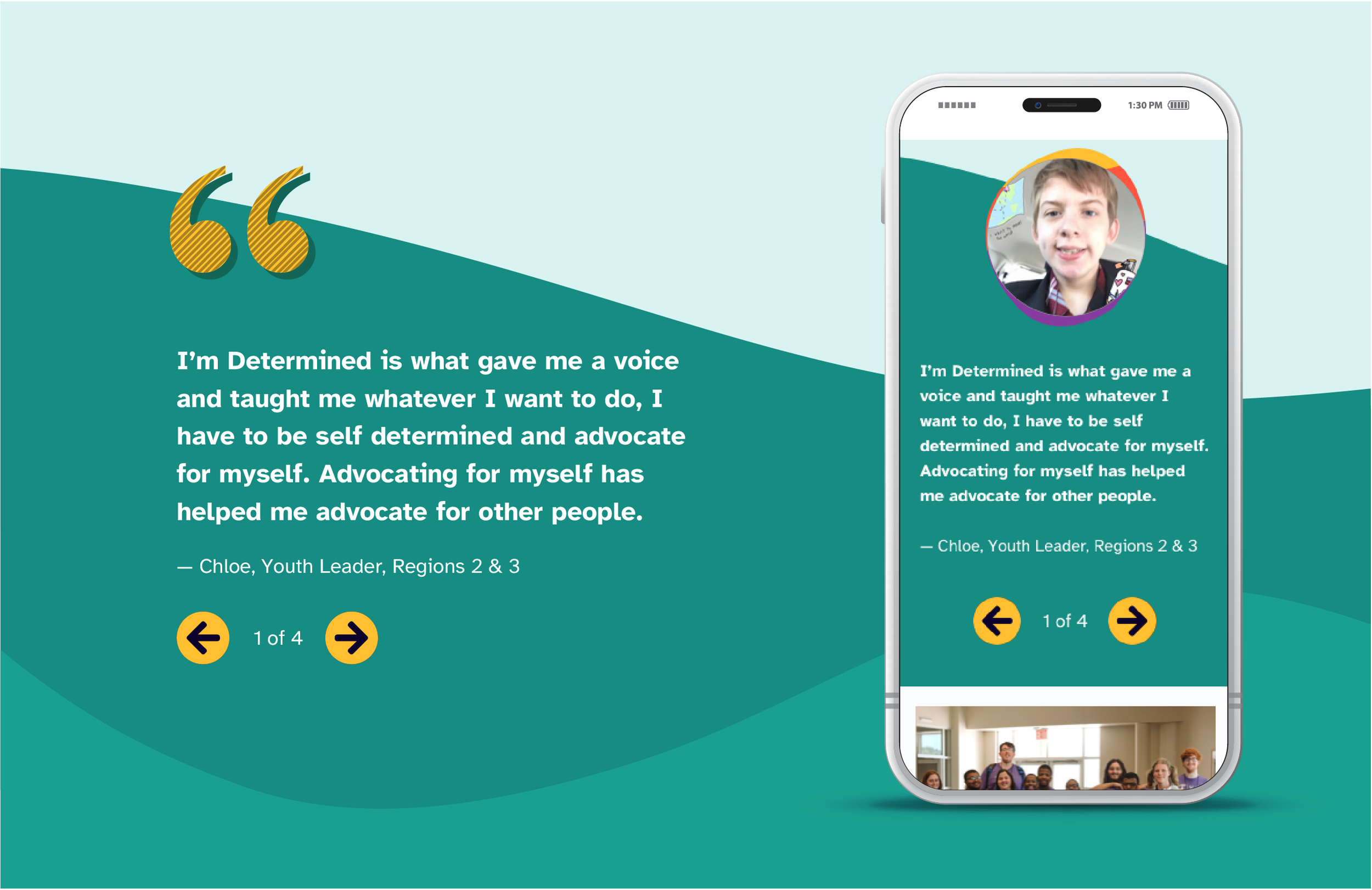Credit: Haadia Khan Art for Disabled And Here. Disabled and Here Project.
Accessibility
Removing barriers to create equal and equitable access.
Accessibility is a broad, complex term. It can be hard to explain and even harder to spell (go on, I dare you to type it correctly on your first try). But the spirt of accessibility is a simple one: Equal and equitable access, disability or not.
As designers, human-centered, accessible principles are foundational to our work. But oftentimes ‘accessibility’ is not taught or even discussed in design school. Most of us learn on the job through trial and error, listening and learning, iteration and a desire to always do better for the people who use the products we design.
I have spent the better part of my 10+ year career learning about accessibility, best practices, and working toward designing a more equitable and accessible world. Accessibility is a part of all my projects. These are just some ways it shows up in my work.
Inclusive Design
People often ask me what the difference is between ‘inclusive design’ and ‘accessible design.’ I like to think about ‘inclusion’ as a process and ‘accessibility’ as an outcome—the more we include people with diverse experiences and perspectives when defining problems and solutions, the more accessible our outcomes will become.
My work with I’m Determined (visit the Case Study), put this into practice. Taking steps toward inclusivity, we invited audience members to join our branding and website redesign discovery workshops. We listened to the barriers they currently experienced and learned what improvements would be most beneficial.
This project reminded me that when defining problems & designing solutions, there’s no substitute for human experience. To be truly equitable and accessible, we must listen and learn from the people who use and experience the products we design and create.
A “Quote component” for the new I’m Determined website.
Content Training
The Vilcek Foundation raises awareness of immigrant contributions in the United States and fosters appreciation of the arts and sciences. They care deeply about accessibility and are always working to improve the digital experience for their audiences. As part of this goal, I led an Accessible Content workshop with key stakeholders to help them write better, more accessible content.
A sample of six presentation slides.
Accessible content is not only about the words we use. It’s not only the way text looks, or the technology behind it. It’s about the experience we create.
PDF Remediation
Creating accessible, usable PDFs takes a combination of intention, good content, thoughtful design, and technical structuring. Without all four you may end up with a document that is either inaccessible or is technically compliant—which means it adheres to accessibility guidelines—but is still difficult to use by audiences.
Articles on Accessibility
A sample of blog posts I wrote while working at Forum One. All links open in a new window on an external website.






